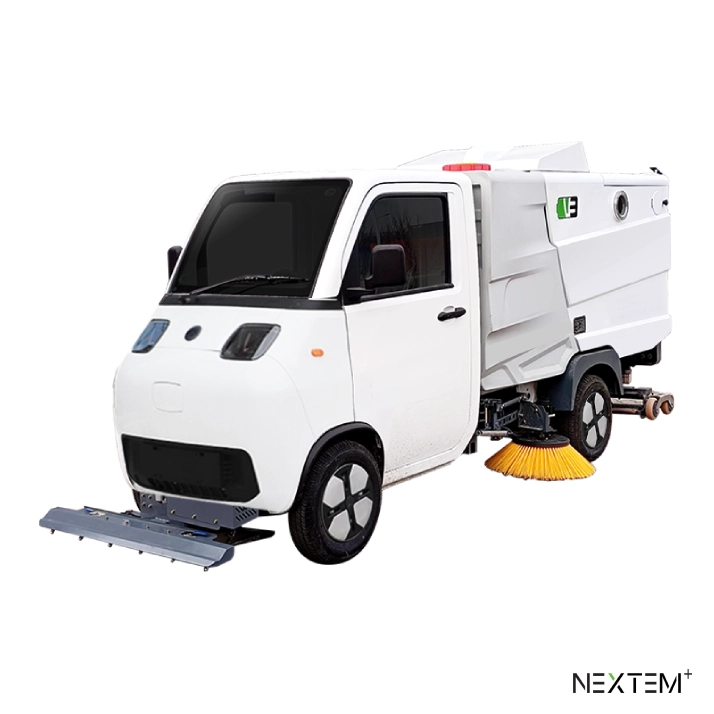Urban Cleaning
Home » Urban Cleaning
Urban Waste in Portugal
Waste and Urban Cleaning – a joint problem to which we all contribute
*Source: apa
Urban Cleaning and the Vaquita
Pollution-free cleaning that reaches every corner of cities
Vaquita, with its various cleaning and waste collection modules, can support public entities in creating new routes and optimising existing ones, thus contributing to more efficient urban waste management.
In addition to public organisations, private spaces, such as large accommodation units, can also benefit from this model. Vaquita can ensure the cleanliness of common areas, promoting better-maintained environments and significantly improving the visitor experience.
L5 cargo Pickup
The ecological solution for urban cleaning or transporting materials

With a load capacity of up to 800 kg, the L5 Cargo Pickup tuk tuk is the perfect solution for boosting cleanliness in urban centres. In addition to being 100% electric and therefore creating no air or noise pollution, an important point when it comes to cleanliness and ecology, this e-Tuk also allows employees to cover a larger area than they could on foot and with traditional cleaning trolleys. Furthermore, the size and mobility of the vehicle allow it to clean narrow and/or steep streets.









